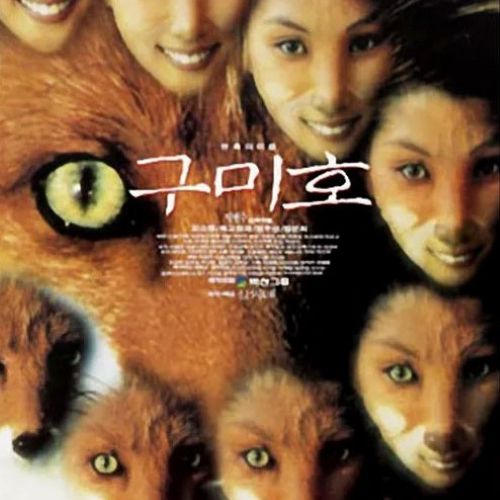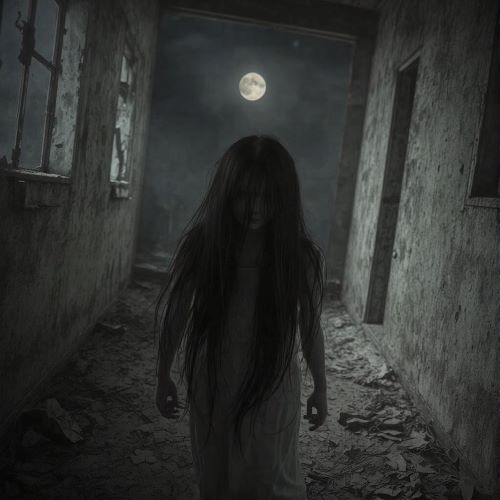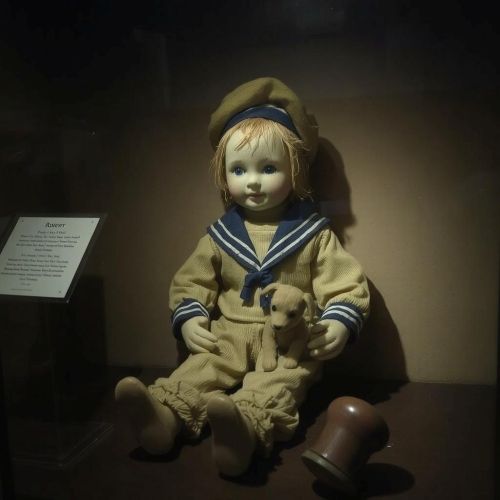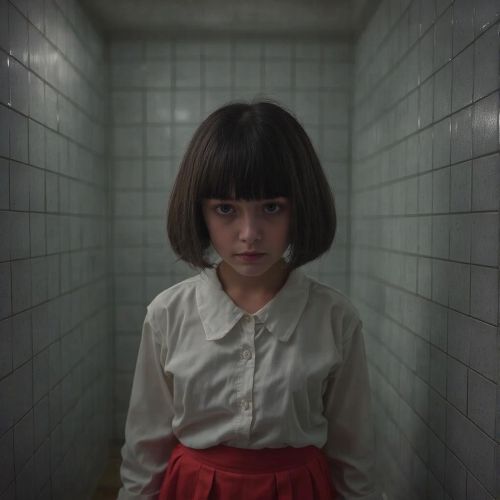Pichal Peri : The Reverse Footed Ghost
| Description | |
|---|---|
| Origin | India, Pakistan |
| Classification | Humanoid |
| Demeanour | Evil |
| Habitat | Rural Areas & Highways |
| Status | Not Proved |

Introduction
The legend of Pichal Peri occupies a haunting place in the folklore of northern India and Pakistan, especially in the Himalayan foothills and the remote valleys of Khyber Pakhtunkhwa. Blurring the line between myth and superstition, she is often spoken of in hushed tones around night fires and in ghost story circles. Known for her backward-facing feet and unnerving beauty, Pichal Peri is tied to the larger South Asian mythology of Churels—vengeful female spirits said to rise from the dead after meeting violent or unjust ends. Her story is one of deception, seduction, and supernatural retribution, making her one of the most chilling figures in regional ghost lore.
Physical Attributes
The name “Pichal Peri” translates to “reverse-footed fairy” in Hindi-Urdu, and it is this peculiar trait—heels in front, toes behind—that betrays her supernatural nature. In her alluring disguise, she is described as a graceful young woman with long, cascading hair, usually draped in traditional attire, and with an otherworldly charm that draws unsuspecting men closer.
However, the illusion hides a far more terrifying form. In darker tales, her body is unnaturally tall and bent, with elongated fingers tipped with claws, large circular eyes that glisten in the dark, and a face twisted by malice. Bloodstains, ragged clothing, and a hunched back are common in eyewitness accounts. Her ability to shift between these two appearances—one enticing, one horrifying—makes her an especially dangerous presence in the wild.
First Sighting/Reporting
While the exact origin of the Pichal Peri legend is difficult to pinpoint, it has existed in oral traditions for centuries. The earliest written accounts appear in colonial-era records and regional folklore collections, often as part of broader Churel narratives. Most modern sightings are reported in rural and mountainous areas of Pakistan—particularly Khyber Pakhtunkhwa—and in forested Himalayan regions of India.
One often-told story involves a traveler riding through the mountains at night who stops to help a woman stranded by the roadside. She accepts a ride, sitting quietly behind him. When they pass another figure on the road, she vanishes without a trace. The traveler looks back, only to see her backward feet disappearing into the shadows. Such accounts are repeated across the region, keeping the legend alive.
Other Names
Pichal Peri is only one name among many for this spectral figure. In Punjab, she is called Churail or Chuṛail, while in certain parts of Bengal, variations like Petni or Shakchunni appear in local ghost lore. The Malaysian and Indonesian Pontianak shares striking similarities, suggesting a shared cultural thread across Asia. In Gujarat, spirits of wronged women may be called Nagulai, Mukai, or Alvantin. Regardless of the name, the essence remains the same—a wronged spirit, often beautiful at first glance, but with a monstrous reality lurking just beneath the surface.
Modus Operandi
The Pichal Peri’s method of attack relies heavily on deception. She tends to appear in lonely, dimly lit areas—mountain roads, forest trails, or abandoned fields—often in the dead of night. Her beauty draws men in, especially those traveling alone. Once she has gained their trust, she lures them deeper into isolation.
Legends claim that upon revealing her true form, she drains the life force of her victims, leaving them aged overnight or lifeless altogether. In some traditions, she specifically targets men who were cruel to women in life, seeking vengeance on behalf of the wronged. Others say she has been known to mislead travelers into dangerous terrain, causing them to vanish without a trace. Some even believe that calling her name aloud in the wilderness will summon her presence within moments, a dare few dare to attempt.
Pop Culture References
Though primarily a rural legend, Pichal Peri has increasingly found her way into modern media. In Bollywood, the 2021 horror-comedy Roohi portrayed a reverse-footed ghost inspired by her, referred to as Muṛiyā Pairī. Bengali cinema has used Churel-like figures in revenge plots, such as in Putuler Protishod.
Netflix’s Bulbbul offered a striking reimagining of the Churel myth, transforming her from a feared predator into a symbol of female empowerment. In literature, poets like Laurence Hope and contemporary writers like Manahil Bandukwala have given voice to the Churel’s perspective, humanizing her plight. Social media horror creators on YouTube and TikTok frequently adapt the Pichal Peri story for short films and urban legend compilations, making her a staple of modern South Asian horror culture.
Current Status
In the present day, belief in Pichal Peri persists most strongly in rural and mountainous communities. While skeptics dismiss her as a cautionary tale or a metaphor for the dangers of traveling alone at night, elders and locals still speak of her with respect and fear. In some traditions, offerings are left in the forest to keep her appeased, and certain routes are avoided after dark to reduce the risk of encountering her.
Beyond her role as a supernatural threat, Pichal Peri—and the broader Churel archetype—has taken on new meaning in contemporary storytelling. Modern reinterpretations cast her not simply as a monster, but as a voice for women who suffered injustice in life. By reframing her vengeance as an act of cosmic justice, artists and filmmakers have transformed her into a cultural symbol of empowerment, resilience, and retribution.
Despite the lack of concrete evidence for her existence, the Pichal Peri remains a potent figure in the cultural imagination of South Asia. Whether as a feared specter in mountain folklore or a reimagined icon in modern narratives, her legend continues to captivate, frighten, and inspire.
Source
Dark, L. (2020, June 14). The Legend Of Pichal Peri Is Not For The Faint Heart!. Mysteries Unsolved. Retrieved from https://mru.ink/the-legend-of-pichal-peri-is-not-for-the-faint-heart/
Wikipedia contributors. (2020). Pichal Peri. Wikipedia. Retrieved from https://en.wikipedia.org/wiki/Pichal_Peri
Mythical Encyclopedia. (n.d.). Pichal Peri: Mythical Creatures. Retrieved from https://mythicalencyclopedia.com/pichal-peri/
Bharatpedia contributors. (n.d.). Pichal Peri. Bharatpedia. Retrieved from https://en.bharatpedia.org/wiki/Pichal_Peri
INKspire. (n.d.). Urban Legends From My Childhood in Pakistan. Retrieved from https://inkspire.org/post/urban-legends-from-my-childhood-in-pakistan/









